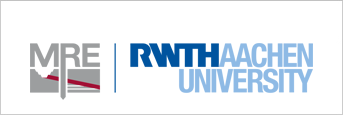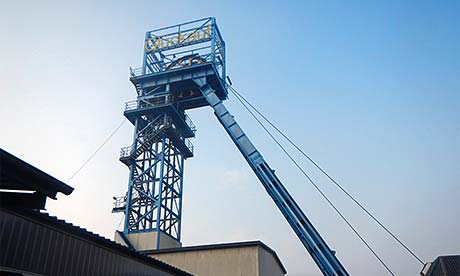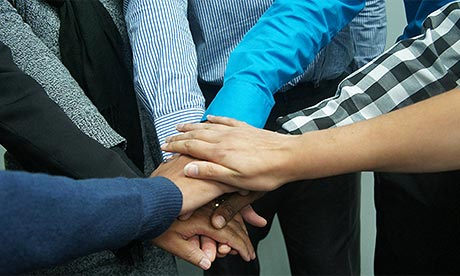Holo-4-EDU
3D multi-user hologram tables for future-oriented teaching in mineral resources science and medicine
Motivation
RWTH Aachen University is encouraging projects to modernize and improve the didactics of teaching as part of its digitization strategy. The consortium consisting of the Institute of Mineral Resources Engineering (MRE), the Audiovisual Media Center (AVMZ) and the Institute of Information Management in Mechanical Engineering (IMA) has already developed and evaluated various projects with innovative mixed reality (MR) applications in this context.
A major challenge in higher education is, that especially for STEM subjects and (dental) medicine, spatial understanding of complex 3D structures is a central requirement. Traditional teaching methods have their limitations in this respect. Common mixed reality media can partially solve the problem, but social interaction and collaboration are restricted, image quality (resolution, „realness“) is limited, and virtual reality glasses can cause discomfort. Multi-user hologram tables offer a solution here to overcome these limitations and effectively promote spatial understanding. The Holo-4-Edu project aims to improve the skill acquisition of spatial understanding of complex 3D structures from a frustrating challenge to an interactive, and collaborative learning experience.
Approach
The primary goal of the Holo-4-Edu project is to establish hologram tables for future-oriented university teaching. The development, testing, evaluation, and curricular anchoring of didactically detailed, interactive multi-user hologram learning modules will be carried out. This will be implemented for selected courses of geo- and mineral resource sciences and medical study programs. By combining multiple projectors, it is possible to project complex, high-resolution 3D models onto the table surface, which are then visualized in 3D with the help of holo-glasses and a motion-tracking system. Several users can interact simultaneously with the holograms and analyze, discuss and comprehend the displayed content holistically in a collaborative learning process. In parallel, other students can follow the action on a screen (2D beamer projection of the hologram). As a consequence, completely new possibilities arise in terms of achievable learning objectives and use cases.
Work packages
The project includes the following four work packages:
WP 1: Holo modules and teaching concepts: Didactic and content-related Detailing
WP 2: Procurement of the holo-table, generation Development of the holo-modules
WP 3: Teaching application, evaluation, and curricular anchoring
WP 4: Project management, networking and dissemination





